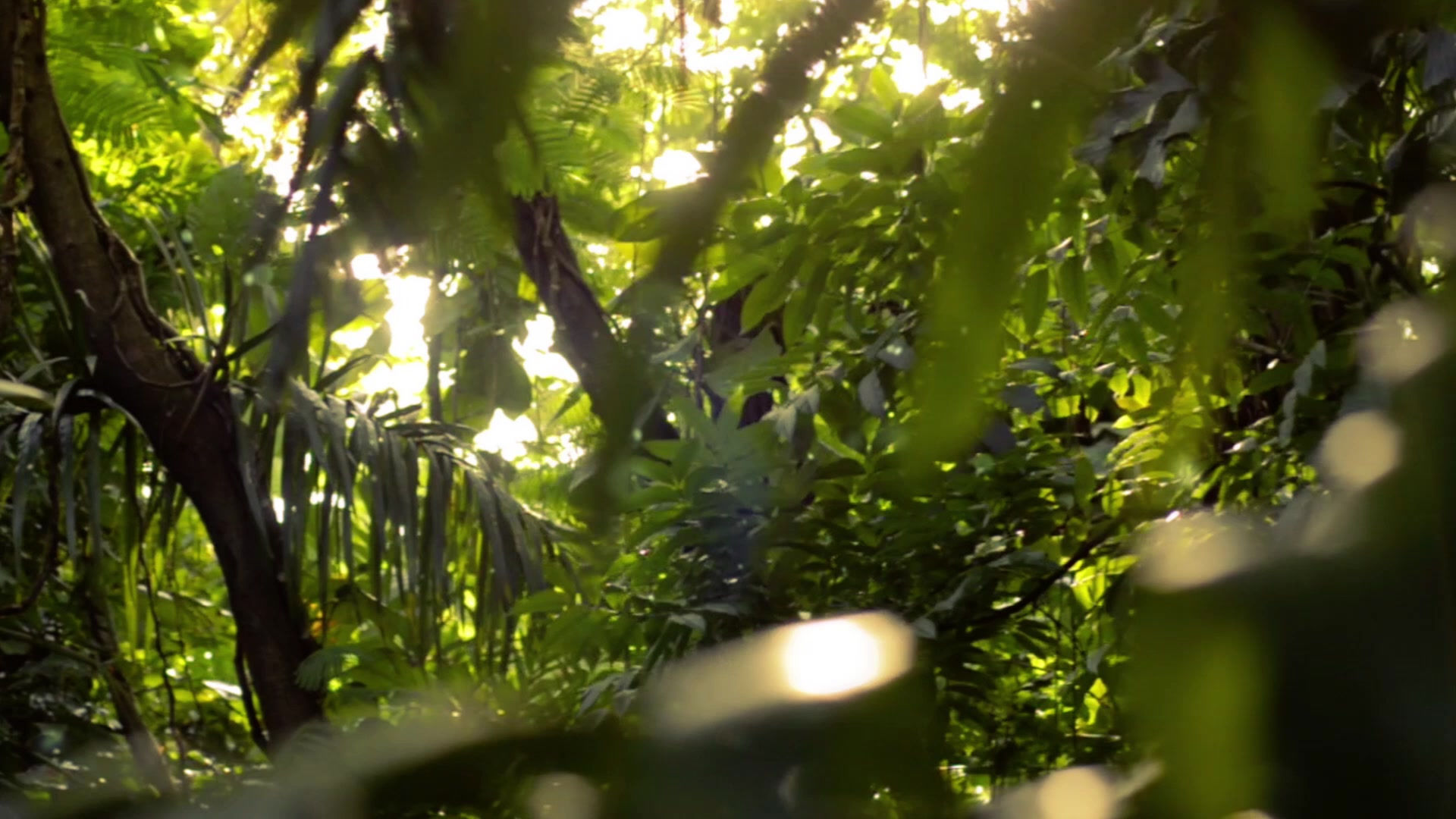Webstrings: Discovering Nature’s Connections
- Deborah Punton

- Dec 9, 2024
- 4 min read
Updated: May 5
It is often challenging to articulate our experiences with nature when communicating in the sensory world. Having a guide, a trusted companion or participating in a group setting can help integrate these experiences, making them more comprehensible through language and cognitive processes. I'll explain a little more below and provide an exercise for you to self-guide yourself in. I'd love to hear your thoughts!

As a student of Applied Ecopsychology with Project NatureConnect (PNC), I engaged with a unique experiential framework designed to facilitate communication with our natural world and classmates, then complete assignments, essays, exams, and craft a thesis for my Master's project. The term 'Webstrings' represents the intricate connections and relationships that interlink all living and non-living components of the natural world. These are the inherent channels of communication through which we experience and interact with the natural world. The concept is inspired by the web of life, which recognizes that everything in nature is interconnected. Webstrings represent everything in relationship to each other: the sensory, emotional, and ecological bonds. They can provide a deep communication and relationship tool that bonds humans to our natural environment.
Key Features of Webstrings:
1. Sensory Pathways: According to my studies, Webstrings refer to the natural sensory connections humans have, such as sight, sound, touch, smell, and less obvious senses like balance, community, or hunger. These senses are pathways through which we perceive and connect to nature.
2. Ecological Integration: Webstrings symbolize the invisible yet essential ties between organisms and their environment, emphasizing how our actions affect and are affected by the larger ecosystem. Webstring connections help us to understand our role in an ecosystem and take pro-environmental action.
3. Emotional and Cognitive Connections: They highlight the emotional and mental responses we experience when interacting with nature. Webstring connections are tools for healing, inspiration, and wise counsel, and reinforcing and integrating a deeper sense of belonging and appreciation for our natural world.
Greensong activities utilize the Project NatureConnect webstring methodology to help participants:
Recognize and strengthen sensory connections to nature to remind us of our interconnectedness with the natural world.
Develop ecological literacy by observing how everything in nature supports and depends on everything else. The goal is to weave together personal insights and natural experiences into an understanding and appreciation for the ecological web of life.
Foster healing and personal growth by tapping into these connections' insightful and restorative power. Reflections and prompt questions encourage participants to contemplate deeply their sensory experiences and articulate their feelings and insights to integrate the experience.

Greensong Webstring Activites
A Nature Mindfulness Group ecotherapy or Nature-Guided 1:1 walk activity might involve identifying how a particular natural element (e.g., a tree, leaf or stream) engages with multiple senses, fostering a sense of gratitude and awareness of its role and our role in an ecosystem, or larger systems. This experiential learning cultivates a sustainable, respectful relationship with nature, deepens human bonds, and can foster pro-environmental behaviours.
Trial Activity: Tree and Me
This activity is intended for you to experience and recognize the interconnected relationships (webstrings) in nature through sensory engagement and reflection. It fosters mindfulness, gratitude, and a deeper bond with the natural world, and may help you feel your place and role within the ecological web of life.
Materials: A notebook or journal (optional) A natural setting with trees, plants, or open green space where you feel safe, comfortable and welcome.
Steps:
1. Choose Your Tree:
Walk through your chosen natural space and let your senses guide you naturally to a tree that "calls" to you. Pause nearby and take a moment to connect with it.
2. Activate Your Senses:
Use your senses to observe and experience the tree (or chosen natural object):
Sight: Look closely at the colors, shapes, patterns, and details of the tree.
Touch: Feel the bark, leaves, or surrounding ground. Is it rough, smooth, warm, or cool? Hearing: Listen to the sounds around this tree; the rustling leaves, birdsong, or the wind.
Smell: Notice the scents near the tree; earthy, woody, or floral.
Explore other senses as you wish. (If you have worked with me on the 54 senses list, try to identify more senses, as many webstring connections as you can.)
3. Reflect on Webstrings:
Think about how this tree is connected to its environment.
Ask yourself:
What supports this tree (sunlight, soil, water, animals)?
What does the tree provide for others (oxygen, shade, shelter)?
How do I feel being near the tree?
4. Extend the Web:
Imagine a "web of life" connecting the tree to other natural elements you observe—birds, insects, soil, air, and yourself. Reflect on how your presence impacts and is influenced by this web.

5. Write/Share:
If you have a journal, write down your thoughts or draw the web you imagined.
6. Close with Gratitude:
End the activity by thanking the tree and extend to the surrounding nature for the experience.
Follow-Up Questions:
How did this activity change the way you view the natural world?
Did you feel a stronger sense of connection to your surroundings?
How might you act differently to honor these webstrings in your daily life?
Reflect deeper here.
Share and Sign Up
If you enjoyed reading this and participating in the activity, you are invited to join Kinfolk to hear first of events and activities, and to recieve an emailed self-guided seasonal practice. Kinfolk also share experiences and photos on our Kinfolk Facebook page or you are welcome to interact with me personally through the reflection.






Comments